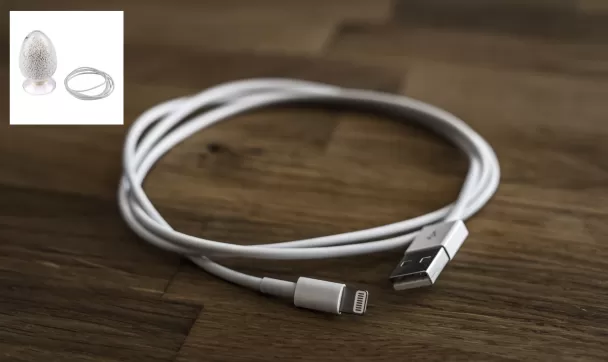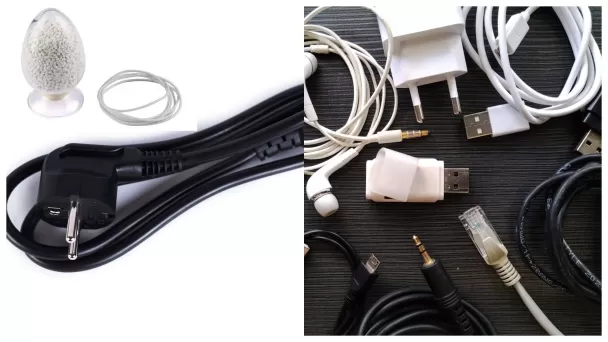
Consumer electronics wire materials are one of the products with the largest order volume in our company. They are used in the production of mobile phone data cables, charging cables, household appliance wires, headphone cables、Electronic and Electrical Wires、and other consumer electronics wires.
They are mainly TPE materials, TPU materials and EPDM materials、EPR rubber material.
The Specific Product Categories Are As Follows
| Consumer Electronics Wire Materials | |
| 1 | TPU Consumer Electronics Data Cable Sheath Materials |
| 2 | TPE Halogen-Free Flame-Retardant Consumer Electronics Data Cable Caterials |
| 3 | Conductive PE, Conductive TPE Materials |
| 4 | Halogen-Free Flame-Retardant MPPE-PE (PFM) |
| 5 | Household Appliance Wire Materials |
Example: Advantages of Flame-Retardant TPU Mobile Phone Data Cable Material
I. Excellent Chemical Resistance
Household chemicals applied to the cable:
Hand cream;
Sunscreen lotion;
Lipstick;
Makeup foundation;
Insect repellent gel;
Edible oil;
Alcohol;
Artificial sweat;
5% saline solution;
Gasoline.
After 72 hours, the solvent was washed off with water, and after another two hours, the cable surface was visually inspected. No obvious changes were observed (corrosion, cracking).
II. Excellent UV Resistance
Ambient temperature and humidity: 23°C, 55%RH. A 24-hour cycle test was conducted, specifically at 40°C dry heat, with a solar radiation intensity of 1120W/m², maintained for 20 hours, followed by 4 hours with the solar radiation source turned off. After 96 hours of continuous testing, the product showed no blistering, cracking, or deformation.
The color difference before and after the test was: △E≤3.0
In the field of consumer electronics, the selection of wire materials is critical to the safety, durability and performance of the product.
Here are some key performance characteristics of wire materials in the consumer electronics field:
Flexibility: Consumer electronics products usually need to be wired in a compact space, so the wire materials need to have good flexibility for easy installation and wiring.
Abrasion resistance: Due to the frequent use of consumer electronics, wire materials need to have good abrasion resistance to resist the wear and tear of daily use.
High temperature resistance: Many consumer electronic devices generate heat when running, so wire materials need to be able to maintain stable performance at higher temperatures.
Flame retardancy: In order to meet safety requirements, wire materials usually need to have flame retardant properties to reduce the risk of fire.
Chemical corrosion resistance: Wire materials may be exposed to various chemicals, so they need to have good chemical corrosion resistance.
Conductive properties: Wire materials need to have excellent conductive properties to ensure the effective transmission of power and signals.
Environmental protection: With the improvement of environmental awareness, the selection of wire materials is also increasingly inclined to environmentally friendly materials, such as halogen-free materials, to reduce the impact on the environment.
Miniaturization: As consumer electronics products move toward smaller and more portable sizes, wire materials also need to adapt to smaller sizes and more sophisticated processing techniques.
Signal transmission performance: For wires that transmit data and signals, low latency and high transmission speed characteristics are required to meet the needs of high-speed data transmission.
Reliability: Wire materials need to maintain reliability under various environmental conditions, including temperature changes, humidity, and mechanical stress.
These performance characteristics ensure that consumer electronic devices can operate stably under various usage conditions, while also meeting increasingly stringent safety and environmental requirements. As technology develops, wire materials in the consumer electronics field are also constantly innovating to meet the needs of higher performance and more complex applications.

